ALTYN EMEL NATIONAL PARK
- Andy Dorsett
- Apr 17, 2023
- 3 min read
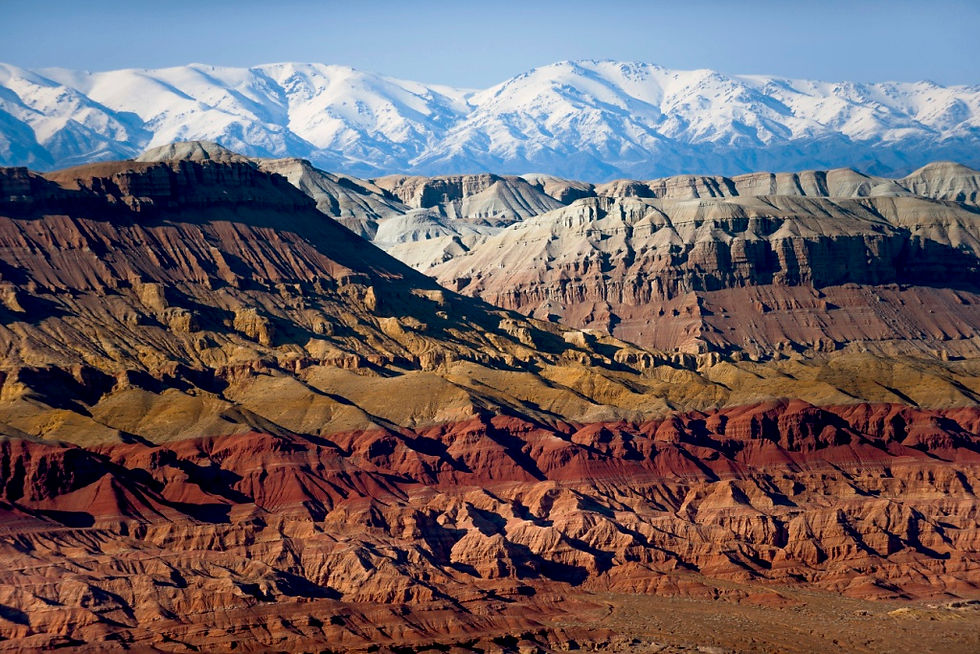
I’ve visited this amazing park on two occasions, once to film an episode of First Man Out with Ed Stafford which this is loosely based on, and second on an expedition to research Snow Leopard movements through the mountains (there will be a separate blog on this later).
The Altyn Emel National Park, located in the Almaty region of Kazakhstan, is a natural wonder that has been designated a protected area since 1996. Covering over 4,600 square kilometres, the park is a combination of diverse landscapes that include rocky mountains, vast sand dunes, and grassy steppes The park is also home to a wide range of flora and fauna, including rare and endangered species.

A flight from London to Almaty via Istanbul is about 17 HR17HR then there's a 5HR car journey from Almaty to the national park.
After our long drive, we arrived late at night and after spending a good hour driving through the park along rather bumpy and dusty tracks, all we wanted to do was set up our tents, get a brew on, and then go to bed.
The next few days were spent setting up our base location, which turned out to be a rather windy spot and saw a couple of larger tents disappear in a strong gust of wind. Some stronger guy lines and larger pegs needed.
Then it was time to start exploring what we called the brain, a strange formation of sedimentary rocks that from above we all thought resembled a brain. Or properly known as, The Aktau Mountains ("white mountains" in Kazakh) are a unique geological formation, the bottom of a dried-up ancient ocean, which got its name from the main white colour of the constituent rocks.
Exploring this unique landscape was extremely fun and challenging, you’d manage to ascend to the top, walk a short while, then be met with a steep-sided gully, too steep to descend, so an alternate route around needed to be found. Every now and then you could access a gully and follow it back down to the dry riverbed below. Planning a journey through this crazy place took a little longer than first anticipated but was well worthwhile in the end.
Sitting in the large communal tent eating our evening dinner and drinking a well-deserved cold beer after a hot, dusty day, we started planning the next few days ahead. Suddenly like a rocket launching from Cape Canaveral one of our team exerted his seat and shouted “What was that”. Scuttling along the floor, then up the side of the tent, was one of the largest Camel Spiders I’d ever seen. After a lot of “Oh my god, look at the size of that one” we all sat back down, with another beer and carried on our planning.

After an early start and packing for a few days away from base camp, we head off in the direction of the Katutau Mountains. "Katutau" in translation from the Kazakh language means "harsh mountains", strange rock formations left over from volcanic eruptions that have eroded over time to leave bizarre shapes.
Leaving the Katutau Mountains we headed south in the direction of the Singing Dunes - Aigaikum ("singing sand dune" in Kazakh). The Dunes are one of the park's main tourist attractions and when you arrive you can see and hear why. The Dunes stretch about 3km with the tallest dune being around 150m high. When the wind is right it blows across the dunes causing the grains of sand to rub together producing a low singing sound, a phenomenon only recorded in a few places around the world.
The last day of our mini-scout was spent exploring the river that runs through the park and doing a little wildlife spotting. Often seen dancing across the plains are the Gazelles, Persian Gazelle, Jeyran along with the Przewalski horse. The Przewalski horse is on the endangered animal list and up until the 19th century, herds of these wild horses inhabited vast areas of the plains of Kazakhstan, but by the beginning of the 20th century, the Przewalski's horse had completely disappeared in the wild, and only a small number survived in several zoos.
In July of 2003, 4 stallions and mares were taken to the Altyn Emel Park from Munich Zoo and 3 years later the first foal was born.
Back at base camp and meeting up with the rest of the team who arrived that morning, it was time for a debrief of our findings, some kit organisation and getting ready to start filming.
The park is open year-round, but the best time to visit is between April and October when the weather is warm and dry. Visitors to the park can explore the park's diverse landscapes by hiking, horseback riding, or taking a guided tour.
Andy Dorsett





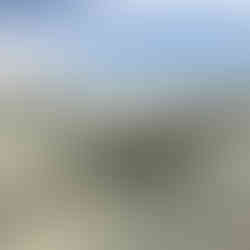



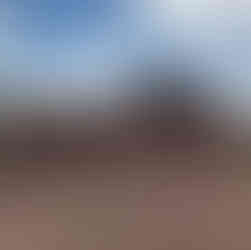


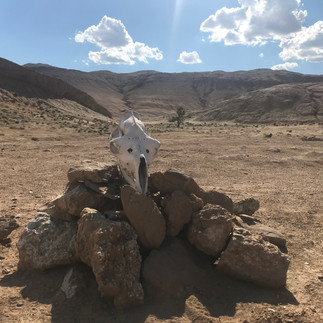


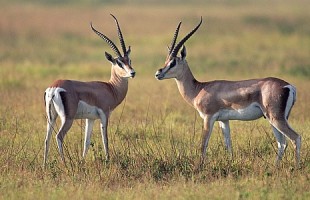


Comments